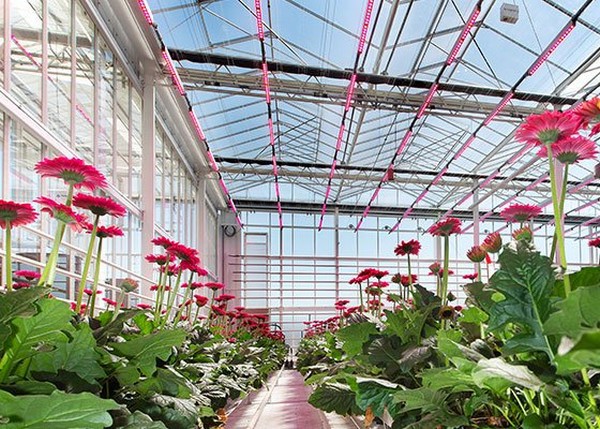As time has changed, so have the technologies and applications of greenhouses. Greenhouse agriculture makes a lot of sense, because the amount of available arable land is still declining, and the amount of crop grown per hectare is much higher than traditional farming on an open farm.
For example, greenhouses are ideal for vertical farming. To train plants with a grid system or for products such as plants and microgreens that grow in stacked trays with a special lighting system. This type of agriculture not only allows more crops to grow in smaller spaces, but also allows them to grow close to the point of consumption.
During a drought, water is usually recycled, so greenhouse agriculture grows. In addition, a typical drip irrigation system puts water where it is most needed … on the roots of the plant.
Controlled environment The production of a greenhouse, sometimes called agriculture, does just that … a highly controlled environment. Pest control is easy, producers are less dependent on the weather, they can reduce the effects of cold and heat, they can adjust the humidity as needed, and they facilitate process automation.
In a sense, greenhouses are just one of many agricultural technologies, but farmers can produce more with less water, less fertilizer, less energy, and less waste. In addition, in an environment that can support one or two crops a year, it is now possible to harvest three or four crops a year. A higher return on the same package means more profit.
In terms of labor efficiency, greenhouses often make lower labor costs possible. Greenhouses are tightly controlled over crops, but managing plant corridors is faster and easier than walking or driving on farms. This means that each employee can manage more plant breeding units in a much shorter time.
phone+98 (511) 38430259-61
email info@kendi.ir
